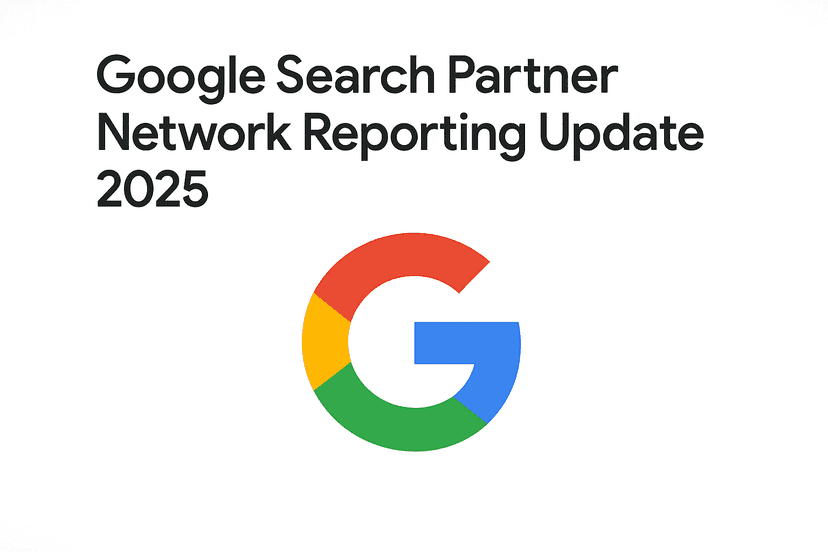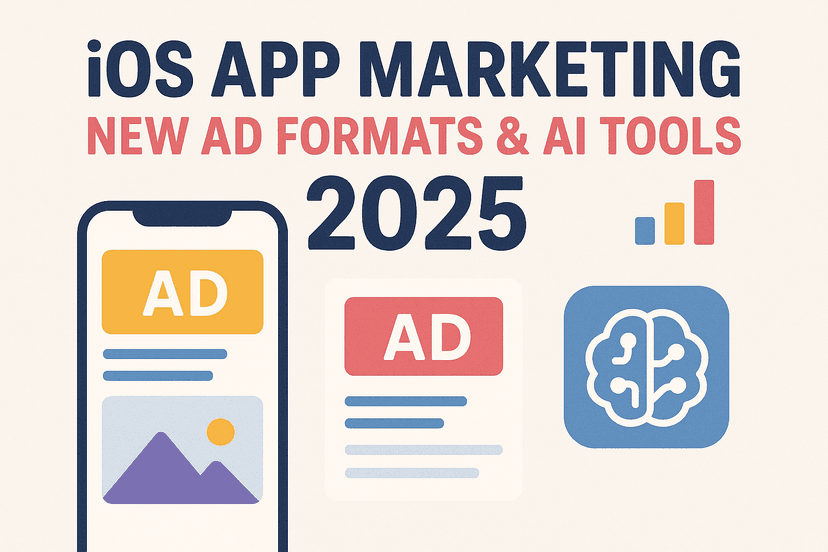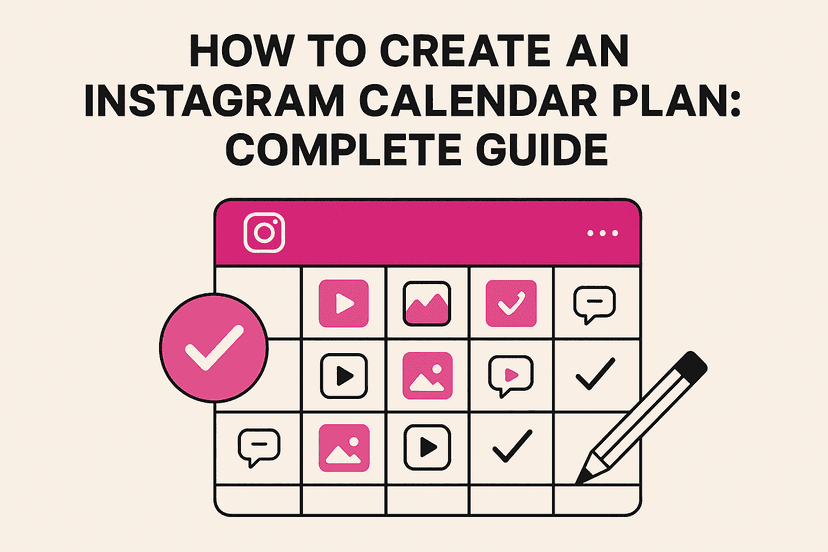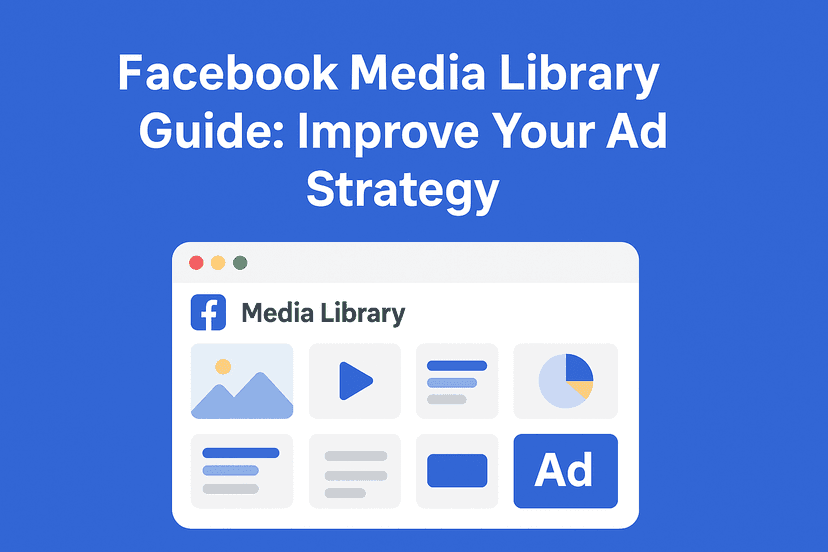Introduction
In today’s hyper-competitive retail world, standing out means more than just offering great products. Shoppers expect experiences that are tailored to their preferences, especially when it comes to loyalty programs. According to recent data, 61% of U.S. adults say the biggest appeal of a personalized shopping experience is a loyalty program that’s customized just for them.
That’s why Google is stepping up its loyalty game with new tools inside Google Ads. These features are designed to help retailers build stronger relationships with their best customers while optimizing marketing budgets for better results.
Let’s dive into how these new offerings are changing the way retailers connect with shoppers and why it matters in 2025.
The Value of Personalization in Retail
Personalized shopping is no longer a luxury—it’s an expectation. Modern consumers want offers, pricing, and promotions that reflect their shopping behaviors and preferences. When done right, personalization boosts engagement, increases conversion rates, and encourages repeat purchases.
Loyalty programs are a key part of this personalization strategy. They reward shoppers for staying loyal to a brand and provide retailers with valuable insights into customer behavior. The more data retailers have, the better they can personalize the shopping experience.
Why Loyalty Matters More Than Ever
In 2025, customer loyalty has become a major revenue driver. With rising ad costs and growing competition online, it’s more cost-effective to retain existing customers than to acquire new ones. Loyal shoppers tend to spend more, return more often, and are more likely to recommend a brand to others.
But traditional loyalty programs have their limits. Generic point systems and one-size-fits-all rewards lack the personalization that today’s consumers expect. That’s where Google Ads loyalty tools come in, offering smarter, data-driven ways to engage high-value customers.
Google Ads Loyalty Features: What’s New in 2025
Google has introduced a set of loyalty-focused features aimed at helping retailers make the most of their customer relationships. These tools are now available across both free and paid listings, giving retailers more flexibility in how they promote loyalty perks.
Member-Only Pricing and Benefits
Retailers can now offer exclusive pricing and shipping benefits to loyalty program members. These benefits appear directly in Google Search and Shopping results, making it easy for signed-in users to see what special offers they qualify for.
This creates a sense of exclusivity and encourages more customers to sign up for loyalty programs. It also helps retain existing members by showing them that their loyalty is continually rewarded.
Personalized Annotations
Google now allows retailers to use personalized annotations in their ads. These are custom messages shown only to users who are signed in and part of a loyalty program. For example, a user in a higher loyalty tier might see a special discount labeled just for them.
This kind of personalization not only improves the ad experience but also increases the likelihood of clicks and conversions.
Real-World Success: The Sephora Example
Sephora in the U.S. has been an early adopter of the new Google Ads loyalty features. By using personalized annotations to highlight special discounts based on loyalty tiers, they’ve seen a 20% increase in click-through rates on ads shown to loyal customers.
This demonstrates the power of personalization when combined with loyalty programs. Customers feel seen and valued, and retailers benefit from higher engagement and better ROI on their ad spend.
How Google Ads Loyalty Goals Work
Another major update in 2025 is the introduction of the loyalty goal in Google Ads. This feature allows marketers to optimize their campaigns specifically for high-value, loyal customers.
Here’s how it works:
- Identify Loyalty Segments: Retailers can define customer groups based on loyalty tiers, purchase history, or engagement levels.
- Set Campaign Goals: Marketers can set goals like increasing repeat purchases, promoting exclusive offers, or encouraging membership sign-ups.
- Optimize Bids and Budgets: Google Ads will automatically adjust bids and budget allocations to target the most valuable customer segments more effectively.
By aligning ad strategy with loyalty objectives, retailers can drive higher customer lifetime value and get more from their marketing spend.
Benefits for Retailers and Shoppers
These new features offer a win-win for both businesses and consumers.
For Retailers:
- Higher ROI through smarter targeting
- Increased customer retention and repeat sales
- Better use of first-party data for personalization
- Enhanced visibility of loyalty benefits in search results
For Shoppers:
- Access to exclusive deals and faster shipping
- Personalized shopping experiences
- Extra rewards and incentives for loyalty
- A sense of being valued by their favorite brands
Tips for Retailers to Maximize Loyalty with Google Ads
To get the most out of the new Google Ads loyalty tools, retailers should consider the following best practices:
- Segment Your Audience: Use your CRM or loyalty platform to create detailed customer segments. Understand which shoppers are casual browsers versus high-value buyers.
- Use Personalized Annotations Wisely: Tailor your ad messages for each loyalty tier. Make sure the benefits are clear and compelling.
- Promote Membership Benefits: Include a call-to-action in your ads encouraging users to join your loyalty program.
- Track Performance Metrics: Monitor click-through rates, conversions, and customer lifetime value to see how your loyalty campaigns are performing.
- Test and Optimize: Continuously A/B test different ad creatives, offers, and segments to find what works best for your audience.
Conclusion
As shopping behavior continues to evolve in 2025, the brands that win will be those that build lasting relationships with their customers. Google Ads loyalty features provide powerful tools for retailers to do just that—by combining personalization with performance marketing.
With exclusive pricing, personalized annotations, and loyalty-focused campaign goals, Google is making it easier than ever to turn one-time shoppers into loyal brand advocates. The retailers that embrace these tools now will be better positioned to thrive in the future.
By focusing on loyalty and personalization, you’re not just optimizing your ad campaigns—you’re creating a shopping experience that customers will come back to again and again.






